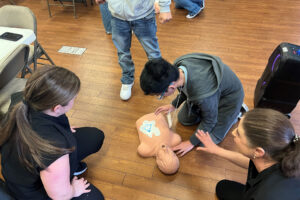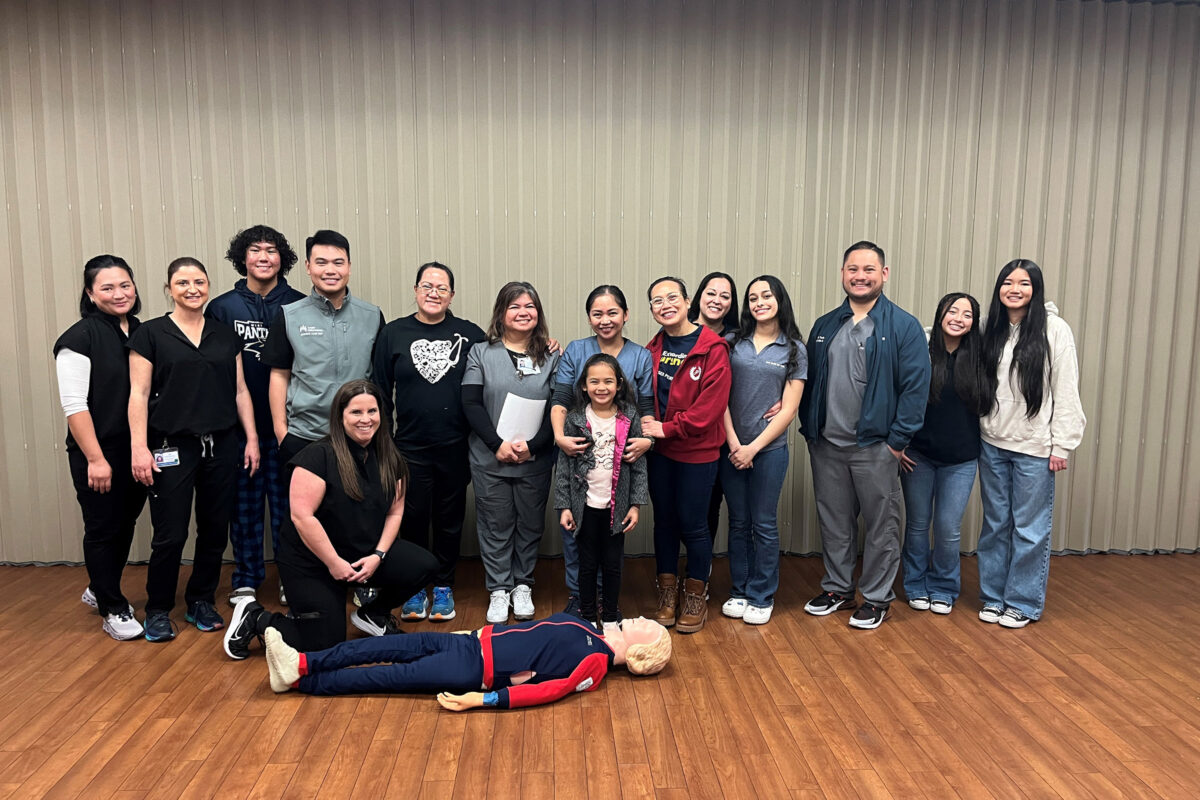 Medical emergencies can occur anytime, anywhere, and to anyone. Bystanders, including the youth, play a critical role in saving lives. According to the American Heart Association, about 40% of people experiencing out-of-hospital cardiac arrest receive bystander CPR before professional medical help arrives. Similarly, most strokes happen in the community, emphasizing the need for laypeople to be trained in life-saving measures. However, a study found that the youth, particularly in the younger age group, struggle to decide when to call 911 or identify a situation as an emergency and how to communicate the situation to the dispatcher effectively.
Medical emergencies can occur anytime, anywhere, and to anyone. Bystanders, including the youth, play a critical role in saving lives. According to the American Heart Association, about 40% of people experiencing out-of-hospital cardiac arrest receive bystander CPR before professional medical help arrives. Similarly, most strokes happen in the community, emphasizing the need for laypeople to be trained in life-saving measures. However, a study found that the youth, particularly in the younger age group, struggle to decide when to call 911 or identify a situation as an emergency and how to communicate the situation to the dispatcher effectively.
As part of an outreach program, 10 clinical nurses from Sacramento Medical Center volunteered their time and expertise to teach 25 middle school students and parents from a local school how to respond to stroke, choking, and cardiac arrest scenarios. The teaching session was designed to be engaging and interactive, focusing on three critical skills: identifying stroke symptoms with the BEFAST acronym—Balance, Eyes, Face, Arms, Speech, Time, performing a Heimlich maneuver, and Hands-Only CPR. 
To make it more engaging, the nurse volunteers created scenarios and role-playing to simulate the signs and symptoms of the emergencies and speaking to the 911 emergency dispatcher. The participants also took turns performing Hands-on chest compression using CPR training mannequins. The participants were actively engaged in the education session and hands-on learning. Equipping the youth with the essential knowledge and skills can empower them to make a difference during critical moments
“This experience deepened my commitment as a nurse at the bedside and to the community. It reminded me why I chose this profession—to make a difference not only at the bedside,” said Brian Teding, MS, RN, NI-BC, a clinical nurse volunteer.
